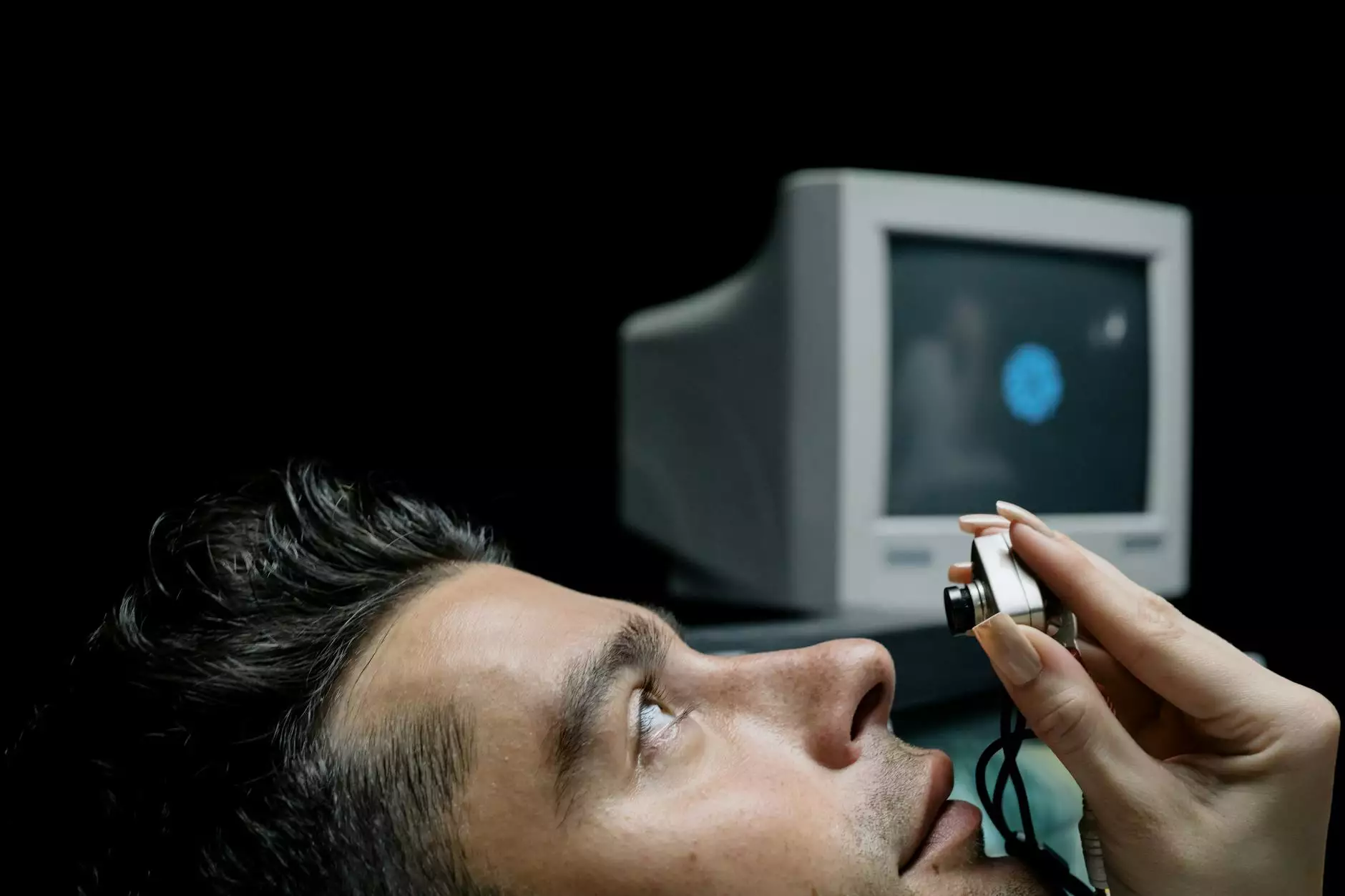Understanding Tendinitis and Tendinosis: Key Differences Explained
Are you experiencing pain in your tendons but unsure of whether you are dealing with tendinitis or tendinosis? The subtle yet significant distinctions between these two conditions can be crucial for effective treatment and recovery. In this comprehensive guide, we will explore what the differences are between tendinitis and tendinosis, including their symptoms, causes, and appropriate treatment methods. This article will serve as a valuable resource for anyone looking to improve their understanding of these common tendon disorders and make informed decisions about their health.
What is Tendinitis?
Tendinitis is often characterized by an acute inflammation of the tendon, which is the fibrous connective tissue that attaches muscle to bone. This condition typically arises from repetitive movements or acute injuries and is commonly associated with athletic activities. The symptoms of tendinitis can include:
- Localized pain around the affected tendon
- Swelling and tenderness
- Stiffness during movement
- Warmth and redness in the area
Common Locations for Tendinitis:
- Achilles tendon (Achilles tendinitis)
- Shoulder (rotator cuff tendinitis)
- Elbow (tennis elbow or golfer's elbow)
- Knee (patellar tendinitis)
What is Tendinosis?
Tendinosis, on the other hand, refers to a chronic condition that results from the degeneration of the tendon’s collagen in response to chronic overuse. Unlike tendinitis, which is inflammatory, tendinosis is characterized by the absence of inflammation. It often develops over time and may not show immediate symptoms, leading to longer-term issues if left untreated. Symptoms of tendinosis include:
- Persistent pain that worsens with activity
- Palpable thickening of the tendon
- Reduced flexibility and strength
- Stiffness that improves with gentle movement
Distinguishing Tendinitis from Tendinosis
When exploring what is the difference between tendinitis and tendinosis, it is vital to understand the physiological processes behind each condition. Here are the key distinctions:
1. Nature of the Condition
Tendinitis is an acute condition involving inflammation, whereas tendinosis is a chronic degenerative condition with no inflammation.
2. Causes and Development
Tendinitis often develops due to repetitive movements or sudden injuries, while tendinosis results from prolonged overuse where the tendon is subjected to ongoing stress, leading to micro-tears and degeneration.
3. Symptoms
While both conditions share some symptoms like pain and stiffness, tendinitis usually presents more noticeable inflammation, whereas tendinosis may have more subtle symptoms with a focus on chronic pain.
4. Treatment Approaches
Due to their inherent differences, treatment strategies will vary:
- Tendinitis Treatment: Focuses on reducing inflammation through rest, ice, compression, elevation (RICE), anti-inflammatory medications, and physical therapy.
- Tendinosis Treatment: Emphasizes strengthening and rehabilitating the tendon through gradual loading and specific exercises, along with modalities like ultrasound or shockwave therapy.
Diagnosis and Evaluation
Proper diagnosis of either condition typically involves a thorough physical examination, evaluation of medical history, and sometimes imaging tests such as ultrasound or MRI to ascertain the extent of tendon damage. Recognizing the type of condition is essential, as it determines the course of treatment.
The Importance of Accurate Treatment
Misdiagnosis can lead to improper treatment approaches, potentially worsening the condition. For instance, treating tendinosis with anti-inflammatory medications might not yield the desired effects since inflammation is not the primary issue in tendinosis. Conversely, allowing tendinitis to develop into tendinosis without proper intervention can lead to chronic and irreversible issues. Hence, understanding what is the difference between tendinitis and tendinosis is imperative for effective management.
Preventive Measures
Preventing these conditions is possible through various strategies:
- Proper warm-up and cool-down: Always engage in appropriate muscle warm-up and stretching before and after physical activities.
- Strengthening exercises: Build strength in muscles surrounding the tendon to provide better support.
- Adequate rest: Allow time for your body to heal and recover, especially after repetitive motions.
- Ergonomic practices: Implement proper ergonomics in your workplace and during leisure activities to reduce stress on tendons.
When to Seek Professional Help
If you experience persistent tendon pain or discomfort, it is crucial to consult a healthcare professional. Early intervention can prevent more severe issues and ensure a faster return to normal activities. A qualified healthcare provider can help determine if your symptoms align more closely with tendinitis or tendinosis and prescribe the appropriate treatment.
The Role of Chiropractic Care
Chiropractors are well-equipped to help manage both tendinitis and tendinosis. They can:
- Perform manual adjustments to improve joint function
- Use soft tissue therapies to alleviate pain and restore mobility
- Design personalized exercise programs to strengthen affected areas
- Assist in educating patients about correct posture and movement patterns to prevent recurrence
Conclusion
Understanding the differences between tendinitis and tendinosis is essential for any individual experiencing tendon discomfort. By recognizing the characteristics, symptoms, and appropriate treatments for each condition, you can make informed decisions about your health. With proper care and preventive measures, it is possible to maintain healthy tendons and continue enjoying a pain-free lifestyle.
We hope this comprehensive article has provided you with valuable insights into what is the difference between tendinitis and tendinosis. Always consult with a healthcare professional for personalized advice and treatment options tailored to your specific needs.







